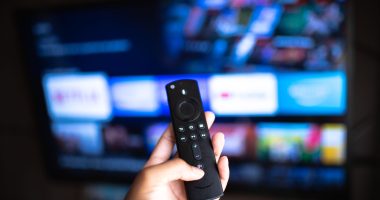
On top of the screen is a notch that houses a 1080p camera for video calls, with a bigger sensor that allows in twice as much light as the previous MacBook Pro, so expect better video call performance in dim rooms. But unlike the notch in the iPhone, there’s no TrueDepth camera system here, which means no support for Face ID.
There is a Touch ID sensor on the keyboard so you can still lock and unlock the MacBook Pro with your fingerprint. Apple also bid adieu to the Touch Bar, replacing it with physical keys instead, a startling admission that its vision for the elongated digital screen didn’t go the way it hoped.
But the most exciting upgrade to the MacBook Pro is arguably the return of the ports. There’s an HDMI, three USB-C ports with Thunderbolt 4, an SD card slot, and a high impedance headphone jack. So, yes, feel free to throw all those ugly dongles in the trash. Even better, Apple also brought back MagSafe to its MacBooks for the first time since 2017 too. It’s not an accessory ecosystem like with the iPhone 12 and iPhone 13 lineup, but the charger connects to the dedicated port magnetically like in the days of old. You can still charge via the USB-C ports.
Both MacBook Pros also pack studio-quality mics and a six-speaker sound system that consists of two tweets, and four woofers that offer 80 percent more base. As for battery life, Apple claims the 14-inch MacBook Pro offers up to 17 hours of video playback while the 16-inch model hits 21 hours. You can fast charge these devices too, gaining up to 50 percent in just 30 minutes.
The base version of the MacBook Pro (for both sizes) comes with 16 GB of RAM and 512 GB of storage. The 14-inch MacBook Pro starts at $1,999 while the 16 inch is $2,499. Both models are currently available for pre-order and go on sale on October 26. You can choose whether you want the M1 Pro or upgrade to the M1 Max if you need the extra power. The highest-tier configuration for the 16-incher brings the total to a whopping $6,099.









